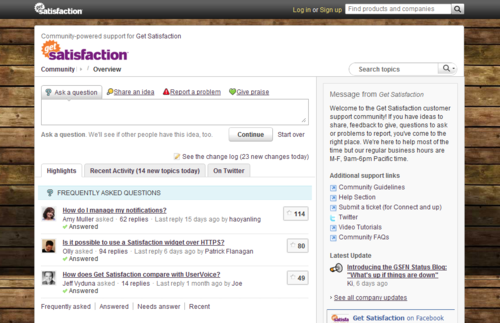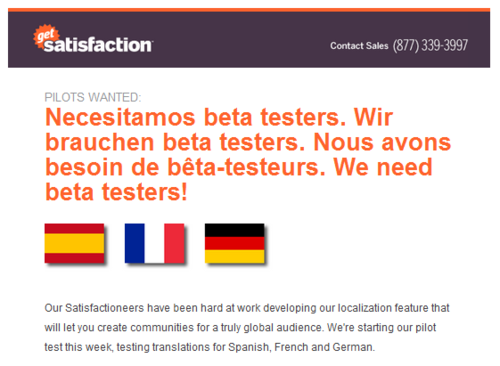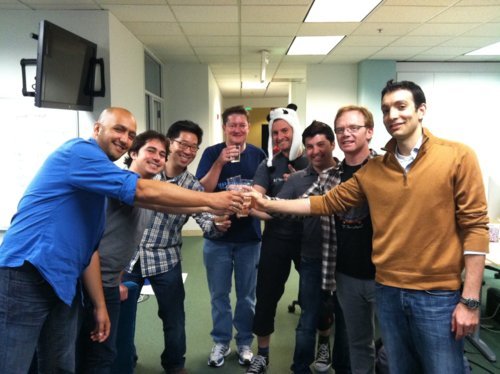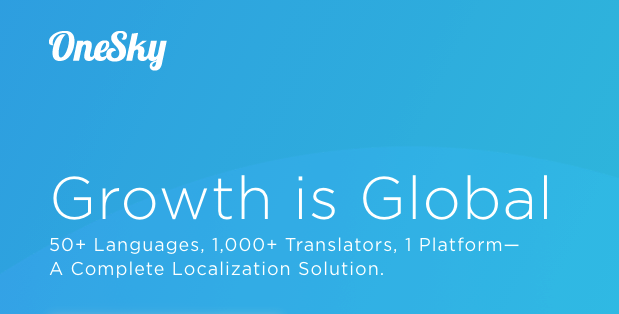Bring it to the world: Get Satisfaction
This is part of our series “Bring it to the world” which profiles websites and apps that offer localized versions to reach happy users from many parts of the world.
Q&A with Andy Wibbels of Get Satisfaction
What does your company do?
Get Satisfaction is a simple way to build friendly online communities that enable productive conversations between companies and their customers. Currently more than 50,000 communities are powered by Get Satisfaction and we’ve got 5,500,000+ visitors per month!

How many languages does Get Satisfaction support now? How many more do you plan to support in future?
We are beta-testing Spanish, French and German. We want to add more in the future, based on customer input. We know that Russian, Japanese, Swedish and Portuguese are popular languages among our users, for instance.
Why chose to do localization in Spanish, French and German first?
These were the most requested languages from the community (we have two topics where people indicate which languages they’d like for us to offer) and from prospects and current clients. So we used our own tool to identify what was important 🙂

What types of apps do you have?
Currently web-only, working on mobile apps.
Get Satisfaction was founded in 2007 and supported English only at that time. What leads to the decision of launching non-English versions now?
Ever since we launched our users have been telling us that it would be very helpful to localize our product in other languages. We deferred localization because it required a major overhaul of our infrastructure and interface, but we feel we can no longer wait.

The Developer team of Get Satisfaction
What tools do you use?
We are partnering with Smartling for the localization Beta.
What made you go for crowd-sourced translation instead of traditional agency translation, or even machine translation?
It’s important to us to maintain a human tone and we feel machine translation can’t give us that. We opted instead for crowdsourced translation because of the feedback we got from our users.
Any advice for someone considering localization?
Consider localization from the get-go, so that you’re not locked into English or single language only.



 Written by -
Written by - 




 Written by
Written by 


